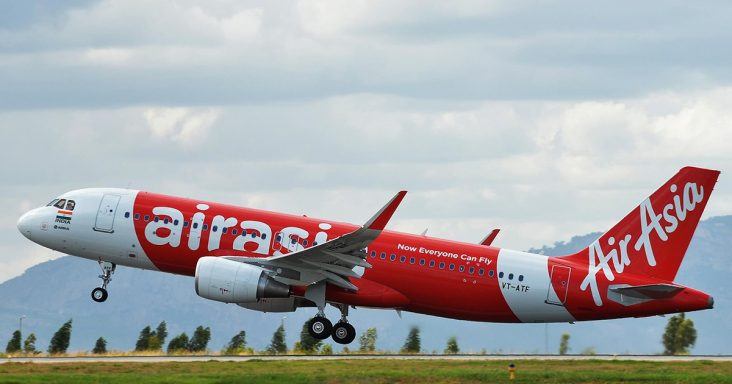China, Southeast Asia to account for more than half of jet fuel demand growth
by November 14, 2019 9:51 am 342 views

Global demand for jet fuel is expected to rise through 2050 and increase at a faster rate in countries that are not members of the Organization for Economic Cooperation and Development (OECD), according to the U.S. Energy Information Administration (EIA). Jet fuel consumption is projected to rise the most in China and other Asian non-OECD countries as demand increases for airfreight transportation and passenger air travel.
Jet fuel consumption will increase at a faster rate than any other liquid transportation fuel through 2050, according to the EIA. Global jet fuel use will more than double to 29 quadrillion British thermal units (quads) in 2050, from 13 quads in 2018. More than half of the increase can be attributed to non-OECD countries, whose combined consumption of jet fuel will surpass OECD countries’ jet fuel consumption by 2040.
Countries in Asia are projected to be the largest source of future jet fuel demand, and China and Southeast Asia are expected to account for 59% of global growth through 2050. In China, jet fuel consumption is projected to more than triple to 6 quads in 2050, from 1.6 quads in 2018. The United States and countries in Europe and the Middle East are also expected to increase their consumption of jet fuel. Through 2050, the consumption in the United States is expected to rise 1.1% annually. Over the same period, consumption in China is projected to increase by 4.2% annually.
Airfreight transportation, which is measured in revenue ton-miles, is expected to rise 2.6% annually, over the period, and reach 330 billion revenue ton-miles by 2050. Much of the increase will happen in China and other Asian countries where growth in goods will lead to a rise in airfreight transportation.
Passenger air travel is projected to nearly triple to 18 trillion seat miles in 2050, from 6 trillion seat miles in 2018. A growing middle class is expected to travel more, domestically and internationally, as household income increases. Jet fuel consumption in Asia is expected to rise faster than in any other world region and account for more than 40% of global commercial jet fuel use in 2050.
While passenger air travel and air freight transportation are projected to rise, the fuel efficiency of the global aircraft fleet is expected to increase more than 20% between 2018 and 2050. Petroleum-based fuels are expected to continue to meet air travel energy demand.
